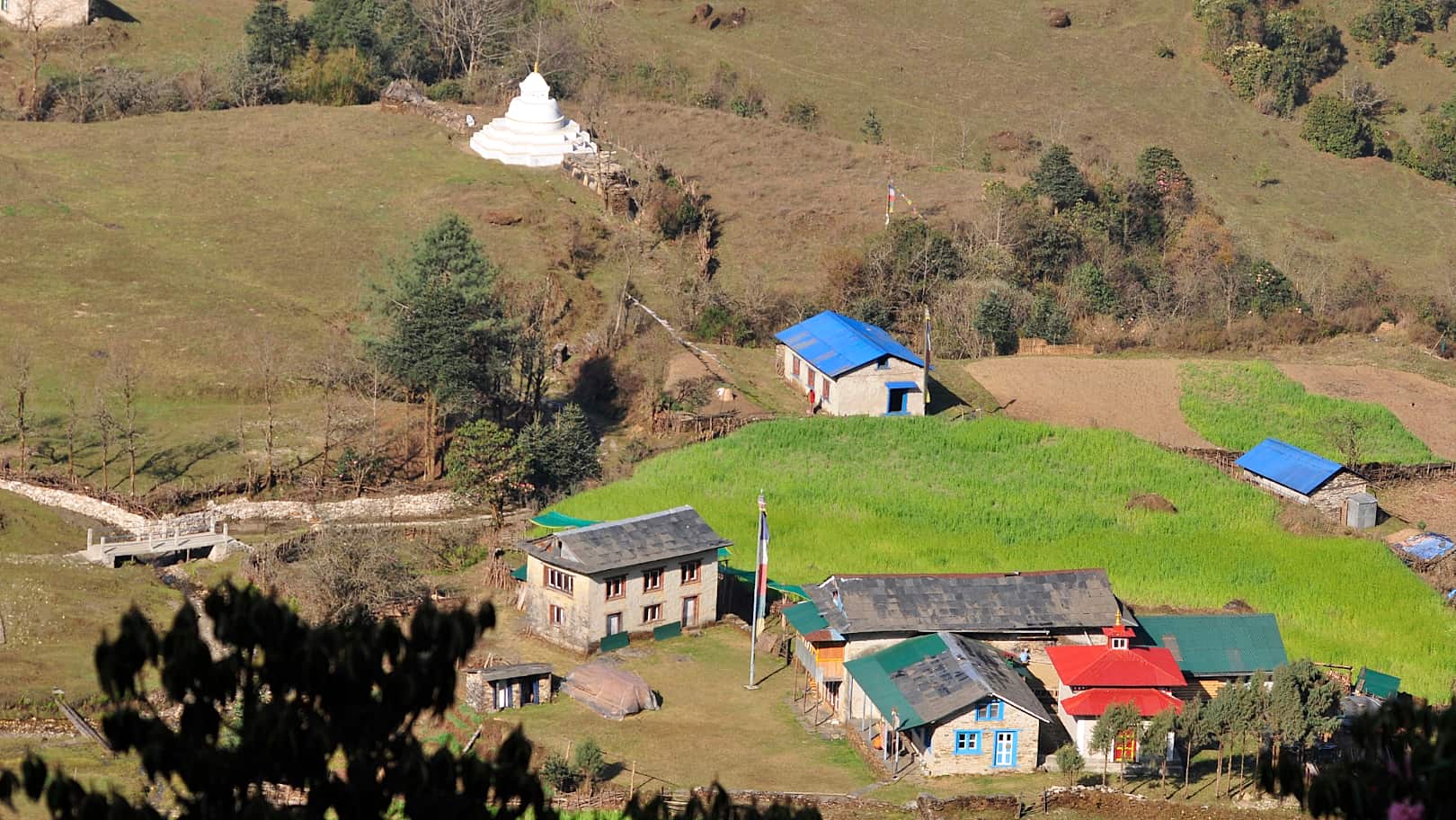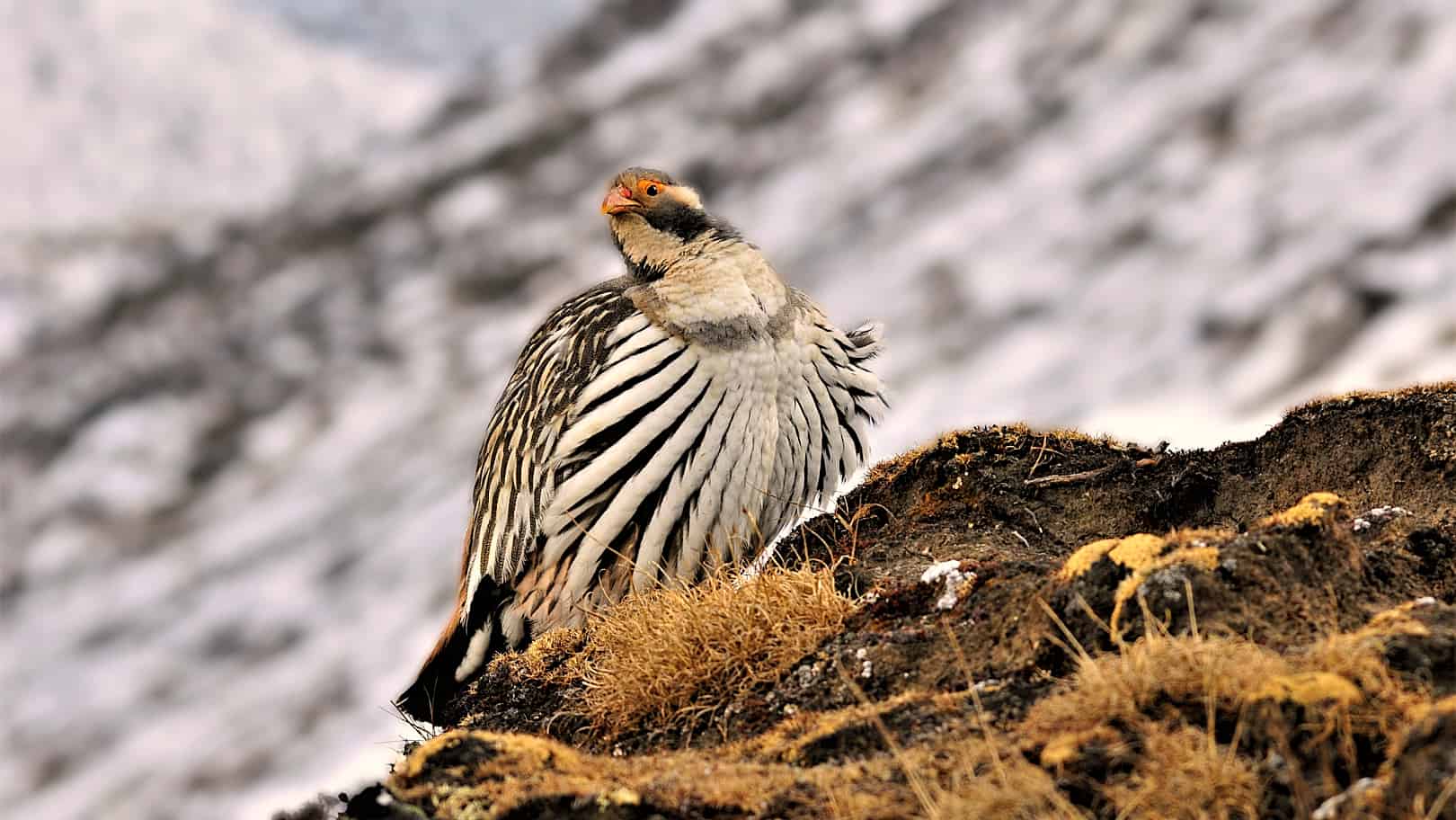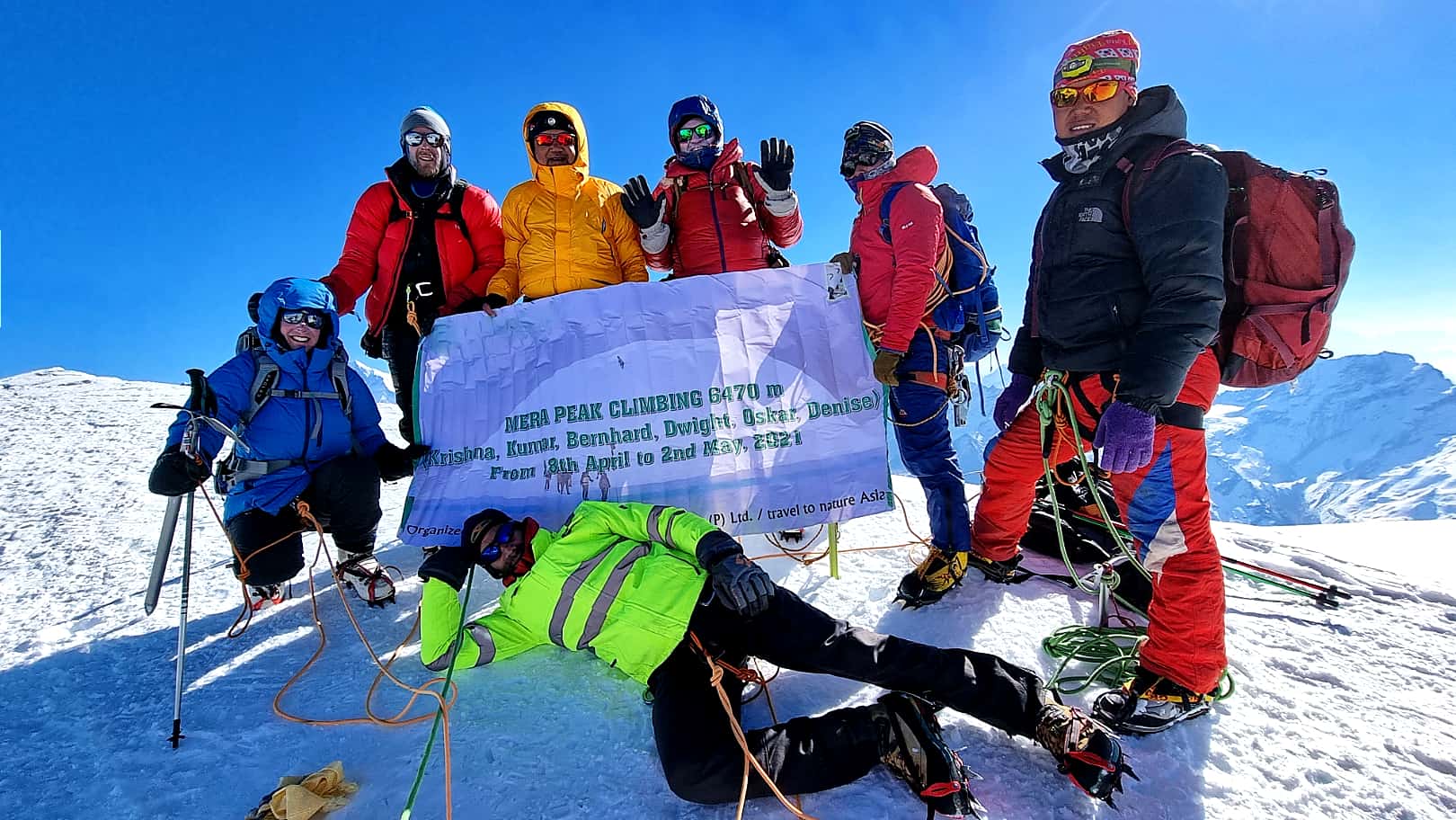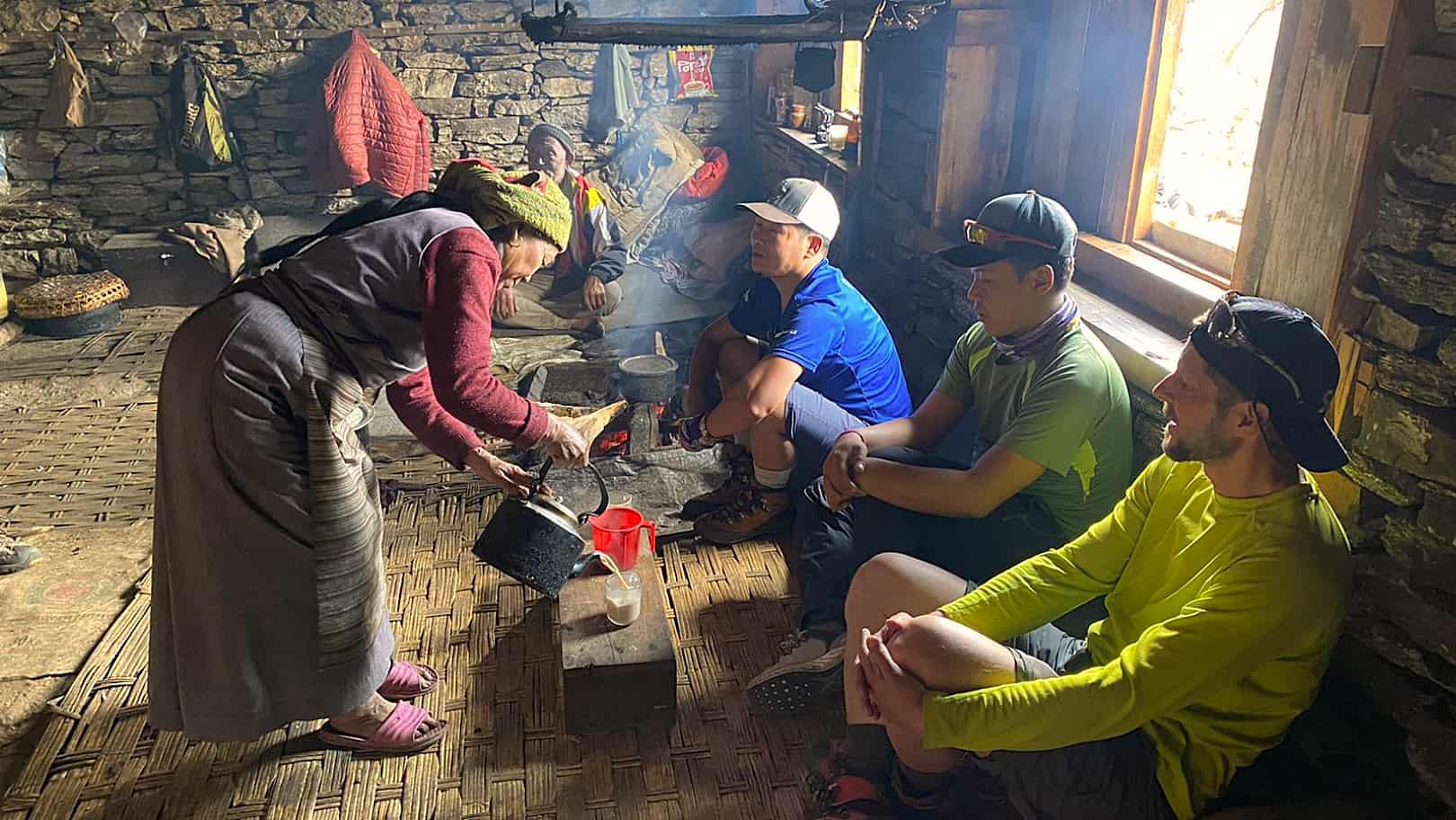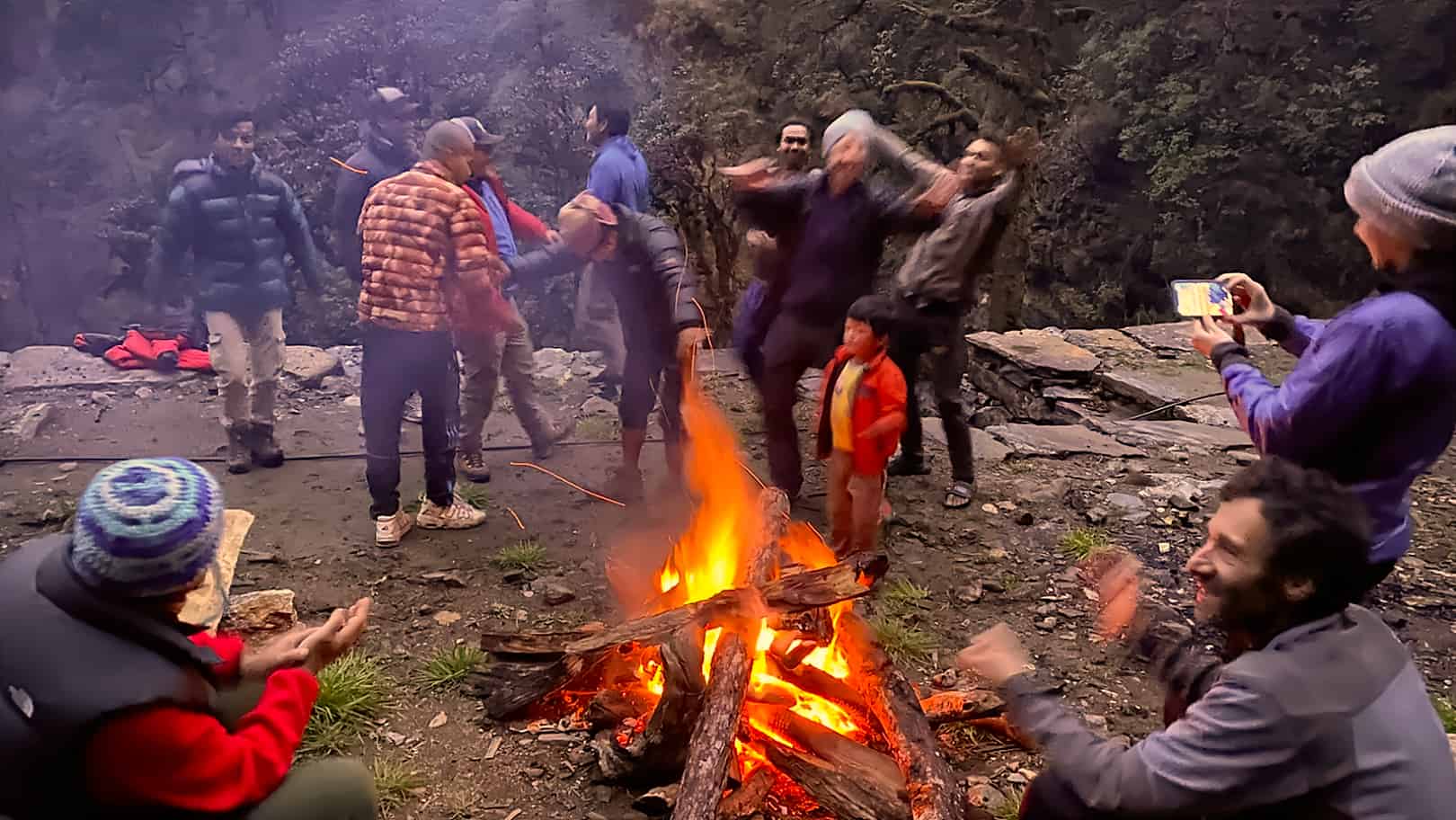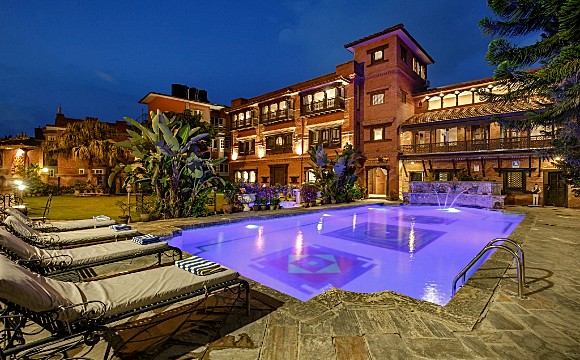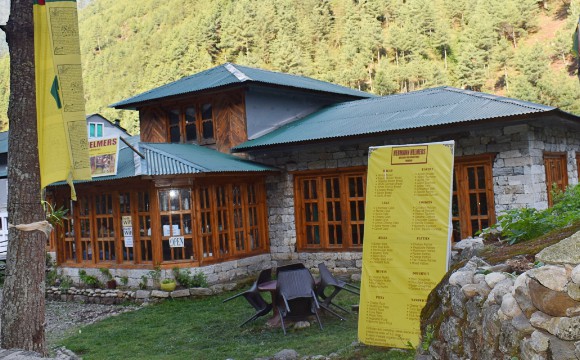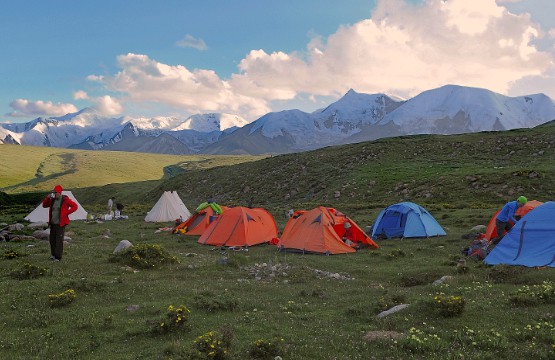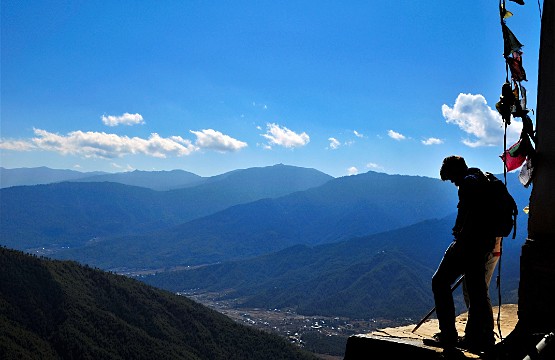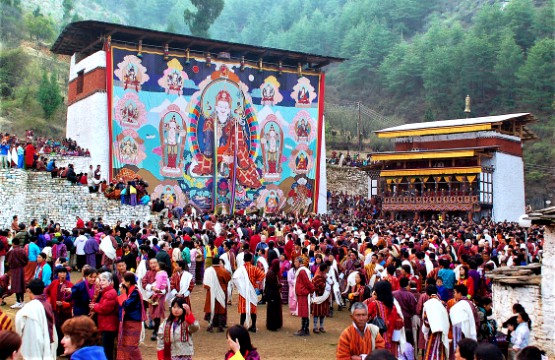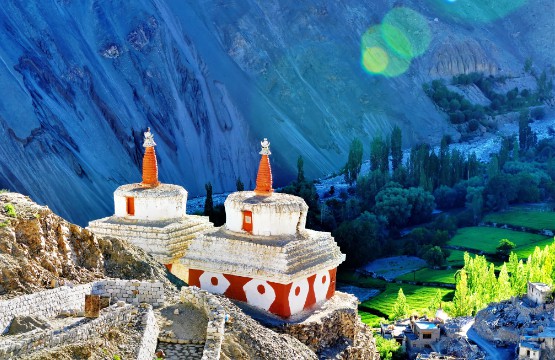Mera Peak Climbing
Mera Peak (6,461m/ 21,190 ft) is an exciting, scenically stunning mountain becoming popular among trekkers and climbers as it is the highest trekking peak in Nepal in Khumbu (Everest) Valley. Situated on the edge of famous Khumbu Region and dominated by Mt. Everest, climbing Mera peak is an opportunity to... More
Mera Peak (6,461m/ 21,190 ft) is an exciting, scenically stunning mountain becoming popular among trekkers and climbers as it is the highest trekking peak in Nepal in Khumbu (Everest) Valley. Situated on the edge of famous Khumbu Region and dominated by Mt. Everest, climbing Mera peak is an opportunity to all the adventure seekers who are physically fit. Lifting the eyes from Mera and keep on lifting them until, above the clouds, the mighty frieze of the world’s 8000 meter Mountains- Everest, Kanchenjunga, Makalu, Lhotse, Cho-Oyu and many other peaks is an unforgettable experience.
Mera Peak climbing begins following a short and exciting flight to the mountain airstrip of Lukla and after continuous trek for days through the high and lovely valleys you will get to the area of Mera. Although physically very demanding on account of the altitude, the climb on Mera Peak is not technically difficult as ascending snow slopes rarely exceed 40 degrees. The only qualification you need to ascend Mera peak is your excellent physical fitness and an extrovert sense of adventure. Our Mera peak itinerary has been carefully designed to allow gradual acclimatization for the climbers. The walk in initially through the virgin forest of the Hinku Valley is incredibly beautiful and provides excellent acclimatization for the peak itself. Our unrivalled service, professional trekking staff and an experienced climbing guide ensure that your Mera trip will be an lifetime adventure experience in Nepal.
Giving back to the communities is our responsibility!
With every trip, you also support the SWAN and thus projects for Sustainable Community development and Biodiversity protection.
Our primary NGO partner is Social Welfare Association of Nepal (SWAN), with whom we have carried out multiple CSR (Corporate Social Responsibility) projects. Besides carrying out regular CSR activities in the areas of education and women empowerment, we have supported relief and rehabilitation initiatives in the aftermath of several natural disasters like earthquake, immediate response to COVID-19 pandemic across Nepal.
Giving something back to the world is a special and responsible affair of travel-to-nature Asia right from its inception. When you travel with travel-to-nature Asia and SWAN-Nepal, you become an integral force for change in addressing the most pressing social and wildlife conservation issues. Your tourism funds help transform the future of under-privileged and marginalized communities and transform the future of at-risk natural places you travel. Portion of our profit flows to local communities who live with and steward nature, creating jobs and improving livelihoods.
By joining one of our holidays you are playing a vital role in bringing positive changes in the lives of local community.

